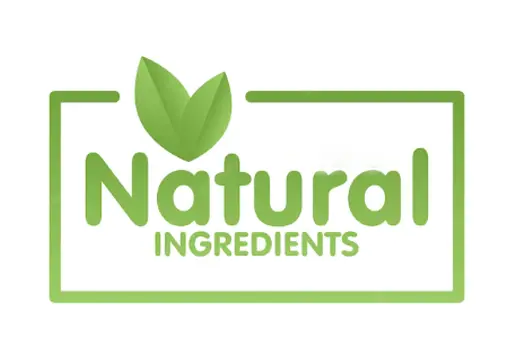At Naturebasics, we make sure that only the best goes into our high-quality supplements. No expense is spared in sourcing raw materials, and each one is carefully selected for purity, potency, and bioavailability. We then optimize these ingredients by blending them with complementary ingredients to ensure optimal synergy within the formulas.
Learn about the important role each ingredient plays in Nature Basics formulas. In this section, you will learn more about each ingredient: its many benefits and its origin. All ingredients are listed alphabetically.
Ingredient name – Health Benefits and Uses
- All
- 0
- 1
- 2
- 3
- 4
- 5
- 6
- 7
- 8
- 9
- A
- B
- C
- D
- E
- F
- G
- H
- I
- J
- K
- L
- M
- N
- O
- P
- Q
- R
- S
- T
- U
- V
- W
- X
- Y
- Z
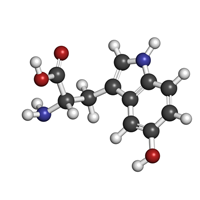
5-HTP
Support for Mood Disorders 5-HTP Background and Benefits 5-Hydroxytryptophan (5-HTP) is a naturally occurring amino acid in the human body. It is used in the human body mainly as a precursor in the conversion of tryptophan into the neurotransmitters melatonin and serotonin. Supplemental forms...
Learn More
Acetyl L-Carnitine
Support for Mental and Physical Energy Acetyl L-Carnitine Background and Benefits Acetyl-L-carnitine is an acetylated derivative of L-carnitine. It is an amino acid that is produced mainly by animals and is an essential component of cellular metabolism, especially muscle movement, hand eart...
Learn More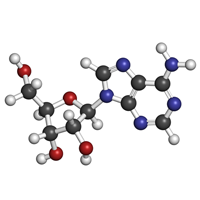
Adenosine triphosphate (ATP)
Support for Physical Energy ATP Background and Benefits Adenosine triphosphate (ATP) is chemically a nucleoside triphosphate. Its primary biological use is as a coenzyme in the chemical energy transfer process. All organisms use ATP, although the specific mechanisms vary widely. Karl Lohmann d...
Learn More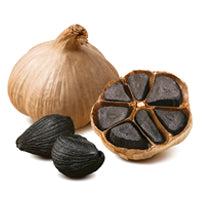
Aged Garlic Extract
Aged Garlic Extract Background & Benefits Garlic (Allium sativum) has been used for centuries in many cultures for culinary and medicinal purposes. Rich organosulfur compounds of garlic are responsible for its flavor, aroma and its health benefits. Two classes of organosulfur compounds are pr...
Learn More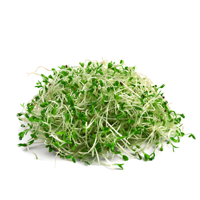
Alfalfa
Support for Heart Health Alfalfa Background and Benefits Alfalfa, scientifically called Medicago sativa, is a flowering plant of the Fabaceae family, which includes peas. It is more commonly known as alfalfa in Australia, New Zealand, South Africa, and the United Kingdom. Alfalfa's purple fl...
Learn More
Aloe Vera
Digestive Health Aloe Vera Background and Benefits Aloe vera is a plant species with very short or no stems. It can grow up to one meter high and has thick leaves that are green or gray-green in color. The yellow flowers bloom in summer and grow on panicles that can grow up...
Learn More
Alpha Lipoic
Support Healthy Cell Function Alpha Lipoic Acid Background and Benefits Alpha-lipoic acid is an organosulfur compound biosynthesized by all animals. It is an essential component of aerobic metabolism and a cofactor in many enzymes. One of the best-known biochemical uses of alpha-lipoic acid...
Learn More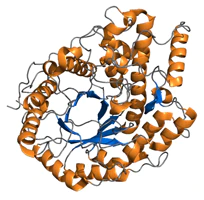
Amylase
Digestive Health Support Amylase Background and Benefits Amylase is an enzyme that breaks down complex forms of carbohydrates into simple forms of sugars. Humans and some other mammals secrete amylase from the salivary glands and pancreas to initiate the digestive process. Amylase causes starc...
Learn More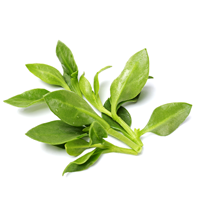
Andrographis
Support for Immune System Andrographis Background and Benefits Andrographis is a genus of plants that is part of the acanthus family. Andrographis species number ranges from 19 to 44. The best-known species in this genus is Andrographis paniculata which has been historically used in many forms...
Learn More
Ashwagandha
Ashwagandha Background and Benefits Ashwagandha is Sanskrit for "smell of the horse." This name refers to two properties of the plant: first, the fresh roots give off the smell of a horse. The second is the widespread belief that a person who ingests ashwagandha extracts can develop str...
Learn More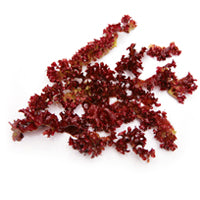
Astaxanthin
Astaxanthin Astaxanthin Background and Benefits Astaxanthin is a type of carotenoid known as xanthophyll, a pigment that gives plants a reddish-pink color. It also gives color to many animals, including birds and some shellfish. Dr. Basil Weedon led the group that synthesized the first astaxan...
Learn More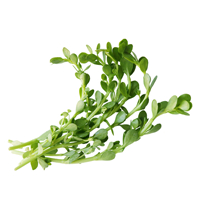
Bacopa
Benefits of Bacopa | Supporting Healthy Memory Function Improve Memory With Bacopa | Healthy Brain Support Supplement Bacopa Background and Benefits Bacopa is a genus of up to 100 aquatic plants, with Bacopa monnieri being one of its best known members. B. monneri is a perennial creeping herb t...
Learn More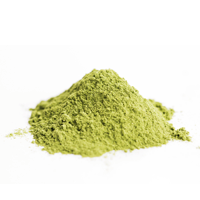
Barley Grass
Heart Health Support Barley Grass Background and Benefits Barley grass is harvested when it begins to sprout, but before it forms seed. At this time, the grass has a high nutrient content that decreases as it matures. Barley grass contains eight amino acids that are important for human nutrition...
Learn More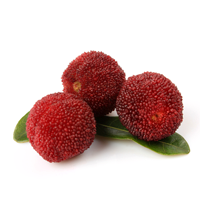
Bayberry (Myricetin)
Digestive Health Support Bayberry (Myricetin) background and Benefits Bayberry is a common name for all plants in the genus Myrica, which includes up to 50 species. Myrica cerifera is one of the best known members of this genus. Other common names include candleberry, southern bayberry, southern...
Learn More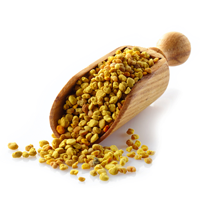
Bee Pollen
Bee Pollen Backgrounds and Benefits The workers collect pollen from the flowers, which they pack into globules. They then add honey and other secretions to the pollen to make a mixture commonly called bee pollen or bee bread. Bees use only entomophilic pollen to make bee pollen, which is relative...
Learn More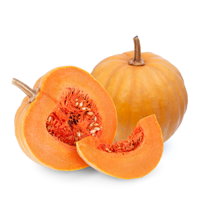
Beta-carotene
Aniodidant Support Beta Carotene Background and Benefits orange-red pigment found in many plants and vegetables. Its primary function is to protect plants from damage caused by excessive sunlight. Beta-carotene also gives color to many animals, especially flamingos, lobsters, and other she...
Learn More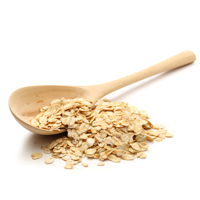
Beta-Glucan
Support for the Immune System Beta-Glucan Background and Benefits Beta-glucans are complex sugars called polysaccharides. They consist of simple sugars called D-glucose monomers linked by beta-glycosidic bonds. The most chemically active form of beta-glucans is known as B-1,3/1,6-glucan. The mo...
Learn More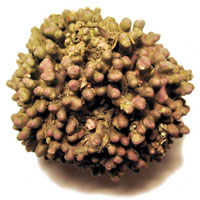
Calcium
Bone Health Support Marine Calcium Background and Benefits Calcium is a chemical element with 20 as its atomic number. It is an essential nutrient for all organisms, particularly for cell signaling and structural components. The movement of calcium ions in and out of the cytoplasm of a cell regu...
Learn More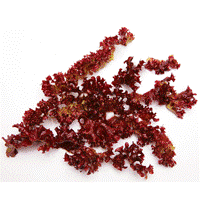
Carrageenans
Antioxidant Support Carrageenan Background and Benefits Carrageenans are a group of similar sulfated polysaccharides. They are used in the food industry for a variety of purposes, generally as thickening and stabilising agents. The ability of carrageenans to bind proteins makes them particularly...
Learn More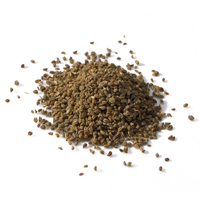
Celery
Support for Menstruation Celery Seed Background and Benefits Celery belongs to the Apiaceae family, which also includes carrots and parsley. Celery plants can grow up to ten feet tall, and the leaves can grow more than two inches long. The white flowers are about one-tenth of an inch in diameter...
Learn More
Cetyl Myristoleate (CMO)
Joint Health CMO Background and Benefits CMO is an abbreviation for cetyl myristoleate, better known as cis-9-ketyl myristoleate. It is chemically an ester, meaning it is the product of a reaction between an acid and an alcohol. In the case of CMO, the alcohol is cetyl alcohol and the acid...
Learn More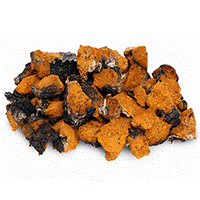
Chaga
Support for Inflammation Management What is Chaga? Lungs support main Chaga (scientifically known as Inonotus obliquus) is a parasitic fungus that forms a hard, blackened crust on deciduous trees, especially birch and beech. It is found in Korea, Russia, parts of North America, and norther...
Learn More
Chamomile
Stress Management Chamomile Background and Benefits Matricaria chamomilla and Matricaria recutita is commonly known as Chamomile. German chamomile, wild chamomile, and fragrant mayweed are other common name for this plant. Chamomile is part of Asteraceae family, commonly known...
Learn More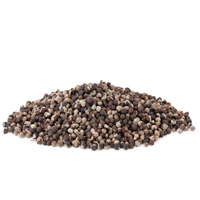
Chasteberry
Reproductive Health Support Chasteberry Background and Benefits Chaste mud is a common name for Vitex agnus-castus, a flowering plant native to the Mediterranean region. It is also known by other common names such as Abraham's balsam, chaste tree, and monk's pepper. The chasteberry...
Learn More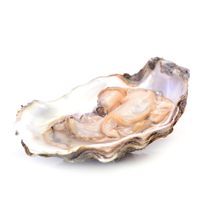
Chitin
Healthy Cholesterol Level Management Chitin Background and Benefits Chitin is a chain of N-acetylglucosamine molecules with the chemical formula (C8H13O5N)n. It is mainly known as the main component of the exoskeleton of arthropods. Arthropods mainly include insects and crustaceans such as shrim...
Learn More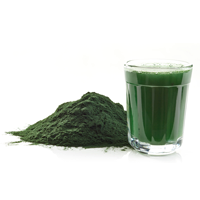
Chlorella
Immune System Support Chlorella Background and Benefits Chlorella is a genus of green algae that includes about six species, of which C. vulgaris is one of the most commercially important. These unicellular organisms are no more than 10 micrometers in diameter and have no flagella. Chlorella spe...
Learn More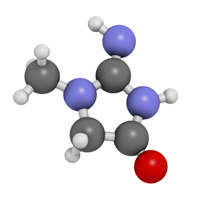
Choline Bitrate
Benefits of Choline Bitrate Health Benefits & Background of Choline Bitrate | Improved Brain Health Choline bitartrate is choline in combination with a salt of tartaric acid. It has a much better absorption rate than pure choline, which is an essential nutrient for humans. Choline is chemicall...
Learn More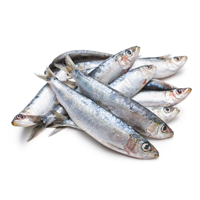
Chondroitin Sulfate
Joint Support Chondroitin Sulfate Background and Benefits Chondroitin sulfate is a chain of alternating molecules of N-acetylgalactosamine and glucuronic acid. This chain may contain more than 100 molecules of simple sugars, and the specific amounts and positions may vary. The name "chondro...
Learn More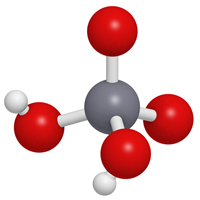
Chromium Picolinate
Healthy Blood Sugar Level Management Chromium Picolinate Background and Benefits Chromium picolinate is a chemical compound with the formula Cr(C6H4NO2)3, derived from chromium (III) and endogenous picolinic acid. The Chromium picolinate biochemical value is to provide chromium in a biologically...
Learn More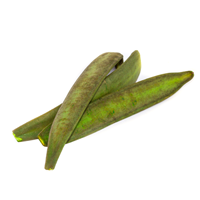
Chrysin
Testosterone Support Chrysin Background and Benefits Chrysin is a flavone, a class of plant pigments found in many flowering plants, the function of these pigments in plants is to attract pollinating animals. Among the most important natural sources of chrysin are the flowers of the genus...
Learn More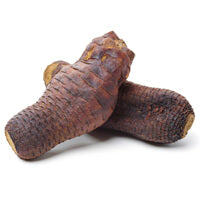
Cistanche Tubulosa Stem Extract
Cistanche Tubulosa Stem Extract Background & Benefits Cistanche tubulosa grows in the northwestern desert regions of China and similar arid regions of Mongolia Iran, and India, and . It has no chlorophyll and is known as a parasitic plant - that is, it obtains nutrients and water...
Learn More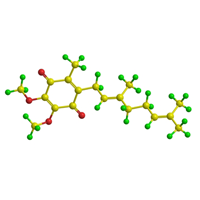
Coenzyme Q10
Coenzyme Q10 Background and Benefits (CoQ10) is an enzyme that is chemically a 1,4-benzoquinone. The "Q" in the name refers to the chemical group of quinones derived from aromatic compounds. The "10" refers to the 10 isoprenyl subunits at the end of the CoQ10 molecule....
Learn More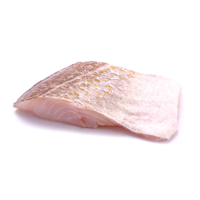
Collagen
Connective Tissue Support for the Skin Collagen Benefits and Background Collagen makes up for most of the protein in the human body. It accounts for 70% of the protein in the skin and 90% of all connective tissue and organic bone mass. This long chain of amino acids occurs naturally in the human...
Learn More
Copper Gluconate
Testosterone Support Copper Gluconate Background and Benefits Copper gluconate, a chemical compound is a blue-green crystal at room temperature that is highly soluble in water, with the formula C12H22CuO14. The main use of copper gluconate in dietary supplements is to provide a bioavailable form...
Learn More
Cordyceps
Support for Lung health What is Cordyceps? Cordyceps, also known as caterpillar fungus, is a capless mushroom that has been used in traditional Chinese medicine for more than 2000 years to treat a variety of health problems. It is more potent than ginseng and was worth four times its weight in s...
Learn More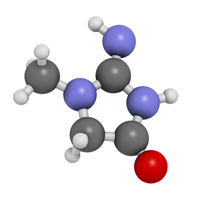
Creatine Monohydrate
Muscle Health Creatine Monohydrate Background and Benefits Creatine monohydrate is an organic acid, also known by other names as creatine, methylguanidoacetic acid, and N-carbamimidoyl-N-methylglycine, its chemical formula is C4H9N3O2. In year 1832 creatine was isolated from skeletal muscle by F...
Learn More
D-Limonene
Digestive Support D-Limonene Background and Benefits Limonene is a hydrocarbon that chemically belongs to the cyclic terpenes. Its a colorless liquid at room temperature. The peels of fruits in the Rutaceae family, commonly known as citrus fruits, contain large amounts of d-limonene, which give...
Learn More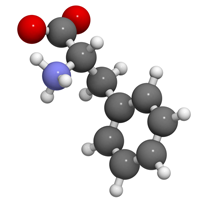
D-Phenylalanine
Discomfort Management D-Phenylalanine Background and Benefits Phenylalanine is an amino acid. L-phenylalanine and D-phenylalanine are two different forms known as enantiomers. The racemic mixture of phenylalanine is the name given a mixture of these two enantiomers. L-phenylalanine is an essenti...
Learn More
Damiana Herb
Benefits of the Natural Herb Damiana Background & Benefits of Damina | Sexual Health Support Damiana is a shrub in the passionflower family, a common name for Turnera diffusa, The genus name Turnera comes from english naturalist William Turner the, who described these plants in the 16th cent...
Learn More
Dandelion
Digestive Health Dandelion Background and Benefits Dandelion is a common name for all members of the genus Taraxacum, which includes many species. These flowering plants have deep taproots and are native to temperate regions of the Northern Hemisphere. The species of the genus Taraxacum are extr...
Learn More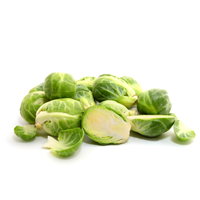
DIM
Hormone Balance DIM Background and Benefits The natural source of DIM is the digestion of cruciferous vegetables. These vegetables belong to the cabbage family, which also includes broccoli, Brussels sprouts, cauliflower and kale. The health benefits of cruciferous vegetables are due in part to...
Learn More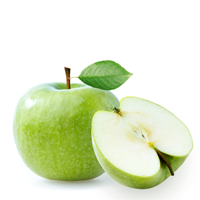
DL-Malic Acid
Discomfort Management DL-Malic Acid Background and Benefits Malic acid is a dicarboxylic acid with the chemical formula C4H6O5, which has two structures called enantiomers. Naturally occurring L-malic acid in all organisms, Synthetically manufactured D-malic acid. A mixture of D-mali...
Learn More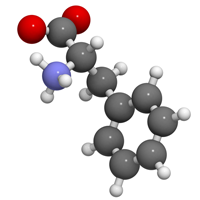
DL-Phenylalanine
Pain Management DL-Phenylalanine Background and Benefits Phenylalanine is an amino acid generally abbreviated as F or Phe. C6H5CH2CH(NH2)COOH is the chemical formula for the phenylalanine molecule. although their exact structure may vary. Phenylalanine occurs in two different forms called...
Learn More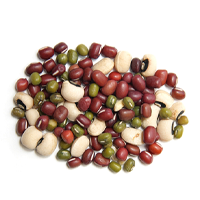
DMG HCL
DMG Supplement Benefits & Uses Benefits of DMG Supplements | Improve Compromized Immune System DMG HCL Background and Benefits DMG is an amino acid abbreviation for dimethylglycine, with the chemical formula (CH3)2NCH2COOH. It is derived from glycine, one of the 20 amino acids commonly used...
Learn More
Docosahexaenoic acid (DHA)
Support for Heart Health DHA Background Docosahexaenoic acid (DHA) is an omega-3 fatty acid also known as cervonic acid. Its chemical name is all-cis-docosa-4,7,10,13,16,19-hexaenoic acid, which has the short name 22:6(n-3). DHA is available directly from the diet, primarily from fish oil and b...
Learn More
Docosapentaenoic acid (DPA)
Support for Injury Recovery DPA Background and Benefits Docosapentaenoic acid (DPA) is an omega-3 fatty acid chemically known as all-cis-4,7,10,13,16-docosapentaenoic acid. There is also an omega-6 isomer, but it is rarely found in mammals except in the testes. The structure of DPA is similar to...
Learn More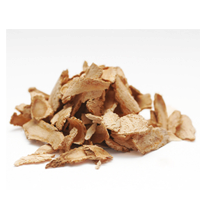
Dong quai
Support for Female Health Dong Quai Background and Benefits Dong quai is the common name for Angelica sinensis, a herb in the Apiaceae family. This family includes about 3,700 species, including carrots, celery, and parsley. Dong quai is a perennial plant that grow in small clusters, it has purp...
Learn More
Eicosapentaenoic acid (EPA)
Support for Heart Health EPA Background Eicosapentaenoic acid (EPA) is an omega-3 fatty acid also known as icosapentaenoic acid and timnodonic acid. Its chemical structure is 20:5(n-3), which means that one EPA molecule is a chain of 20 carbon atoms with 5 double bonds. The main food sour...
Learn More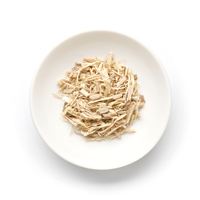
Eleuthero (Siberian Ginseng)
Support for Overall Health Eleuthero (Siberian Ginseng) Background and Benefits Eleuthero is a common name for Eleutherococcus senticosus, a deciduous woody shrub native to East Asia, including China, Japan, Korea, and Russia. Other common names for this plant include eleuthero, Siberian ginseng...
Learn More
Epimedium
Sexual Health Epimedium Background and Benefits Epimedium belongs to the Berberidaceae family, a genus of flowering plants. Also commonly known as the barberry family. It includes over 60 species, up to 15 of which are used in Traditional Chinese Medicine (TCM). Epimedium grandiflorum is o...
Learn More
Feverfew
Support for Occasional Headaches Feverfew Background and Benefits Feverfew is the common name for Tanacetum parthenium, a small shrub that grows to a height of about 18 inches. Chrysanthemum parthenium and Pyrethrum parthenium is the scientific name of Feverfew. Other common names for Feverfew i...
Learn More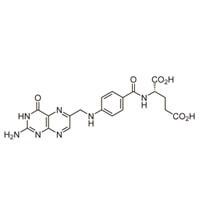
Folate
Folate Background & Benefits Folate is the chemical group of B vitamins. Folate, also known as vitamin B9, is an essential nutrient (not synthesised by the body) required for tissue growth and cell function. Adequate dietary folate intake is necessary for optimal health. Dietary sources incl...
Learn More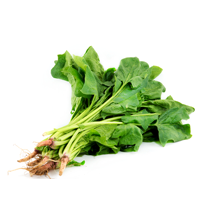
Folic Acid
Cellular Support Folic Acid Background and Benefits Folic acid is known by many names such as vitamin B9, pteroyl-L-glutamic acid, and pteroyl-L-glutamate, folic acid chemical formula is C19H19N7O6. The term "folate" is also used to refer to the deprotonated ion of folic acid, us...
Learn More
Garcinia Cambogia
Support for Healthy Weight Management Garcinia Cambogia Background and Benefits Garcinia Cambogia is also known as Malabar tamarind or Goroka fruit, which is commonly used for culinary purposes in Southeast Asia. More recently, Garcinia Cambogia extract has been used in dietary supplements follo...
Learn More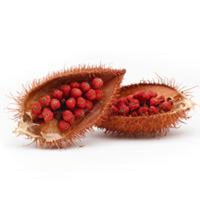
Geranylgeraniol
Geranylgeraniol Background & Benefits Geranylgeraniol (GG) is a substance formed in the human body through a biochemical pathway called the mevalonate pathway. This is the same biochemical pathway through which cholesterol, CoQ10, dolichol, and heme A are produced. The isoprenoid pathway pla...
Learn More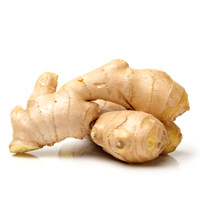
Ginger
Digestive Health Ginger Root Background and Benefits Zingiber officinale or Ginger is a flowering plant in the Zingiberaceae family. Cardamom, galangal, and turmeric are other plants in this family. Plants in the genus Asarum are commonly called wild ginger because of their flavour, although the...
Learn More
Ginkgo Biloba
Support for Cognitive Function Ginkgo Background and Benefits Ginkgo biloba is a tree commonly known only as ginkgo and maidenhair tree. It is considered a living fossil because it is the only tree in its taxonomic division and its fossil record dates back 270 million years. The ginkgo is native...
Learn More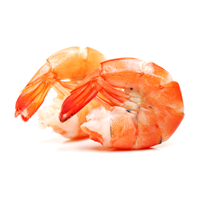
Glucosamine
Support for Joint Function and Joint Mobility Glucosamine Background and Benefits Glucosamine is a major component of articular cartilage and is also found in the synovial fluid around our joints. It plays an important role in supporting cartilage and joint function and has been shown to help...
Learn More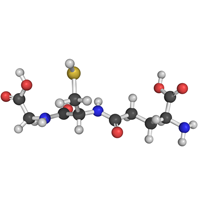
Glutathione
Antioxidant Support Glutathione Background and Benefits Glutathione is a tripeptide, i.e., a molecule composed of three amino acids linked by chemical bonds. Glutathione has strong antioxidant properties, meaning that it protects cells from damage caused by the reaction of chemicals with oxygen....
Learn More
Gotu Kola
Circulation Support Gotu Kola Background and Benefits The herbaceous plant is commonly known as Gotu kola, scientific name is Centella asiatica. Other common names for this plant include Indian pennywort and Asian pennywort. Goto kola is originally from Southeast Asia, but it also grows in other...
Learn More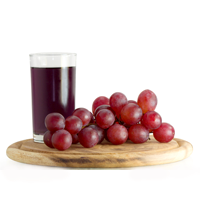
Grape Juice Powder
Antioxidant Support Grape Juice Powder Background and Benefits A grapevine is a member of the genus Vitis, which belongs to the woody vines, although this name often refers specifically to V. vinifera, which is also known as common grapevine. This species is native to Europe and southwest Asia,...
Learn More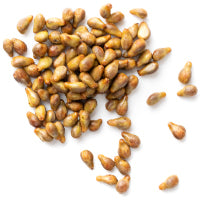
Grape Seed Extract
Grape Seed Extract Benefits | Antioxidant Support Manage Healthy Circulation & Blood Pressure With Grape Seed Extract Grape Seed Extract Background and Benefits A grapevine is a member of the genus Vitis, which are deciduous, woody vines. Grapes are the berries of these vines, which usually...
Learn More
Grape Skin Extract
Heart Health Support Red Grape Skin Extract Background and Benefits Grapes are the fruits of plants of the genus Vitis, commonly called vines. The common grapevine, scientifically called Vitis vinifera, is the most commercially important species of this genus. It is native to Central Europe and...
Learn More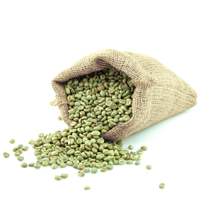
Green Coffee Bean Extract
Support for Healthy Weight Management Green Coffee Bean Extract Benefits and Background Coffee has been used in health care for centuries for its stimulant properties, but recent research on green coffee has led to the use of this ingredient in dietary supplements. The weight loss benefits lie i...
Learn More
Green Lipped Mussel
Joint Health Support Green Lipped Mussel Powder Background and Benefits Green-lipped mussel is scientifically known as Perna canaliculus. It also has common names such as clam, green-lipped mussel, and green-shelled mussel. The green-lipped mussel belongs to the Mytilidae, which are bivalve moll...
Learn More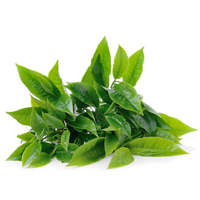
Green Tea Extract
Support For Mental Alertness Green Tea Extract Background and Benefits Green tea extract is obtained from the green leaves of the tea plant, scientifically known as Camellia sinensis. It has been an important herb in traditional medicine for centuries, especially in China and India. Green tea ex...
Learn More
Gymnema Sylvestre Extract
Support for Heart Health Gymnema Background and Benefits Gymnema is a genus of flowering plants in the family Apocynaceae, containing about 120 species. Gymnema sylvestre is one of the best known species in this genus and is usually known only by the generic name "Gymnema". Common name...
Learn More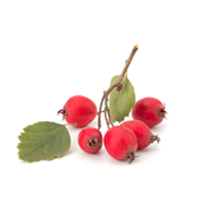
Hawthorn Berry Extract
Support for Heart Health Hawthorn Background and Benefits Hawthorn is the common name for all shrubs and trees of the genus Crataegus. They belong to the rose family and are native to temperate regions of the Northern Hemisphere. C. monogyna and C. laevigata are some of the most common species i...
Learn More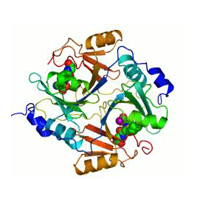
Hemicellulase
Healthy Blood Sugar Management Support Cellulase Background and Benefits Cellulase is a collective term for enzymes that break down cellulose, a polysaccharide, which is complex sugar. These enzymes are effective against hemicellulose, lichenin, and beta-D-glucans similar polysaccharides. Th...
Learn More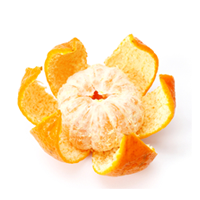
Hesperidin
Support for Healthy Circulation Hesperidin Background and Benefits Hesperidin is a chemical found mainly in the Rutaceae family, citrus fruits. The most common source is bitter orange, known scientifically as Citrus aurantium, which can contain up to 2,500 parts per million of hesperidin. Othe...
Learn More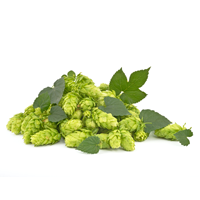
Hops
Brain Health Support Hop Flakes Background and Benefits The hop plant is botanically known as Humulus lupulus. The female flowers of this plant are also known as hops. The best-known use of hops is to flavor and stabilize beer, but they are also widely used in herbal medicine. The hop plant i...
Learn More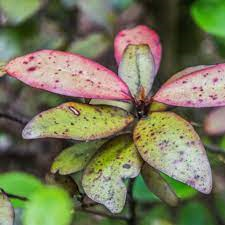
Horopito
Horopito Background and Benefits Horopito (Pseudowintera colorata) is one of the oldest flowering plants on earth and is found only in New Zealand forests. This ancient shrub belongs to the primitive Winteraceae family, which is common in the southern Pacific. Horopito leaves contain a natural a...
Learn More
Horsetail
Urinary Health Support Horsetail Background and Benefits Horsetail is the common name for vascular plants of the genus Equisetum, which includes about 16 species. Unless otherwise noted, the common name "horsetail" refers specifically to Equisetum arvense, also known as common horset...
Learn More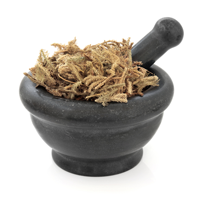
Huperzine
Brain Health Support Huperzine A Background and Benefits Huperzia serrata, formerly known as Lycopodium serratum, is a species of club moss. Common names include Chinese club moss and dentate club moss. In Traditional Chinese Medicine (TCM), this plant is also known as Jin Bu Huan and Qian Cen...
Learn More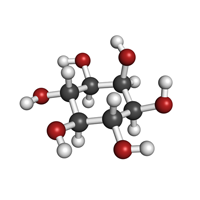
Inositol
Support for Mental Well Being Inositol Background and Benefits Inositol, chemically known as cyclohexane-1,2,3,4,5,6-hexol, has the chemical formula. The most abundant of the nine forms or stereoisomers of inositol in nature is cis-1,2,3,5-trans-4,6-cyclohexanehexol, commonly referred to as my...
Learn More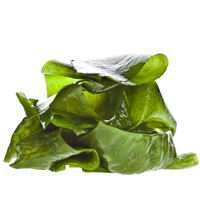
Iodine
Thyroid Health Support Iodine Background and Benefits Iodine is a chemical element with 53 as its atomic number, French chemist Bernard Courtois first isolated iodine in 1811 by burning seaweed and washing out the ash with water. He then treated the remaining waste with sulfuric acid to produc...
Learn More
Kiwifruit Extract
Digestive Health Support Kiwifruit Extract Background and Benefits Kiwi fruit, scientifically known as Actinidia deliciosa, is a woody vine also known by other names such as kiwi, fuzzy kiwi fruit, and Chinese gooseberry. Kiwi originated in southern China, but is also grown commercially in man...
Learn More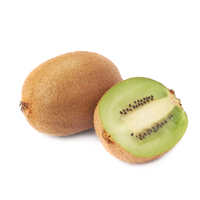
Kiwifruit Powder
Digestion Support Kiwifruit Powder Background and Benefits Kiwi fruit is the edible berry of woody vines of the genus Actinidia, especially A. deliciosa. It is also known as Chinese gooseberry, melonette, and kiwi. The Hayward variety is the most common kiwifruit variety grown...
Learn More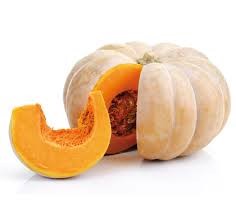
L-Arginine
Support for Heart Health and Muscle Discomfort L-Arginine Background and Benefits The L form of arginine is one of the 20 amino acids commonly found in nature. It is classified as a conditionally essential amino acid, meaning that the human body cannot produce sufficient amounts under certain...
Learn More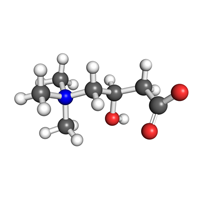
L-Carnitine
Support for Kidney Health L-Carnitine Background and Benefits Carnitine is an ammonium compound synthesized primarily in the liver and kidneys from the amino acids methionine and lysine. Plant and animal cells use it to transport fatty acids to the mitochondria where they metabolize fats. Carn...
Learn More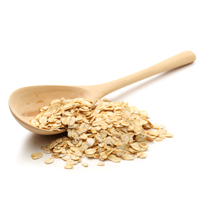
Mukul Gum
Support for Skin Health Mukul Gum (Guggulipid) Background and Benefits Commiphora wightii is a flowering plant in the Burseraceae family, commonly known as the torchwood family. Mukul myrrh is native to northern India, although its natural range extends from central Asia to northern Africa. Muk...
Learn More




